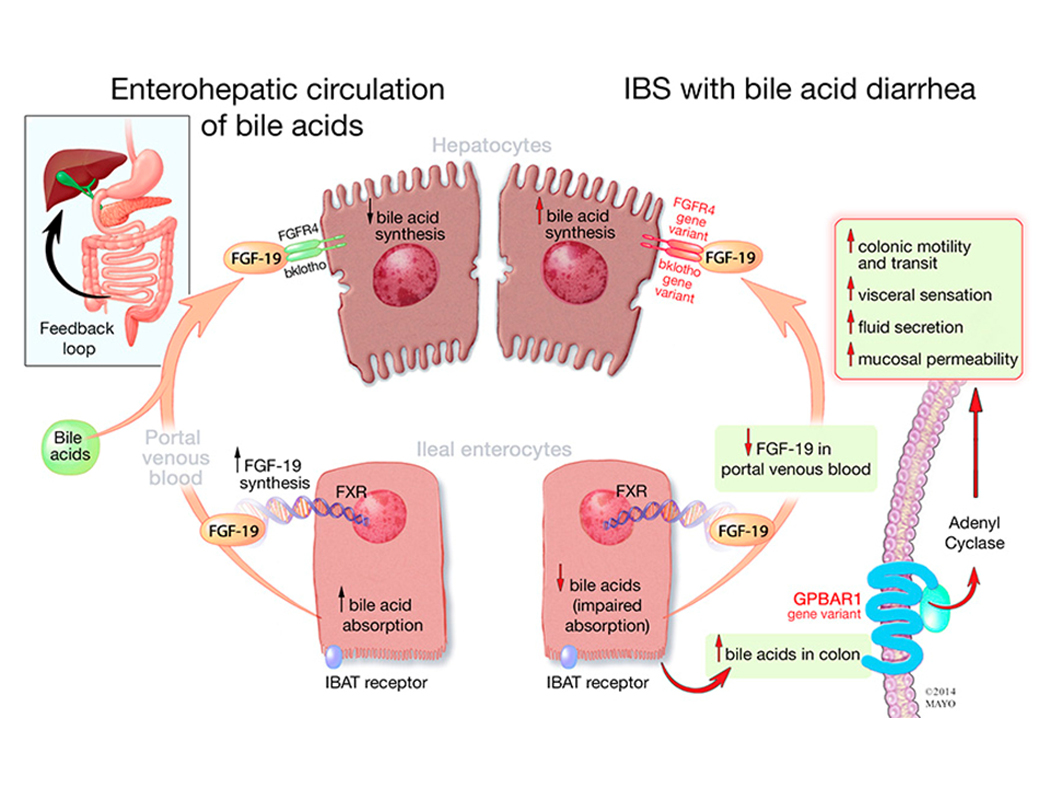Figure 1. A graphical representation of the enterohepatic circulation.

Left panel indicates bile acid circulation in healthy individuals. Bile acids are reabsorbed in the ileum, activate FXR and increase FGF-19 synthesis. FGF-19 then binds to the FGFR-4 and klotho β receptors to decrease C4 and subsequent hepatic bile acid synthesis. Right panel: In bile acid malabsorption, bile acids are reabsorbed, but FGF-19 remains low, or there are mutations within the FGFR-4 or klotho β receptors that do not inhibit hepatic bile acid synthesis. Bile acids that enter the colon bind to the GPBAR1 receptor and cause increased colonic transit and secretion. IBS=irritable bowel syndrome.
Reproduced with permission from ref. 34, Camilleri M. Physiological underpinnings of irritable bowel syndrome: neurohormonal mechanisms. J Physiol 2014;592:2967–80.
